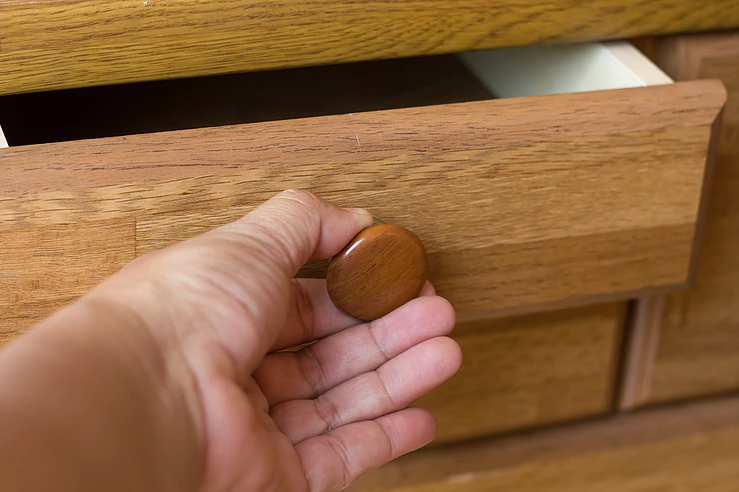Why Basic or ‘Invisible’ Hearing Devices Frequently End Up in the Top Drawer

One of the ways in which hearing aids help us hear better is by making sounds louder. In effect, all hearing aids have this ability. Most have some degree of noise reduction meaning they are able to recognise speech sounds, recognise noise (non-speech sounds) and give more prominence to speech sounds. Typically, the more advanced the device is, the better the noise reduction processing capabilities are. As a general rule, the more channels the device has, the more precise decisions the devices can make about what is speech, what is noise and to reduce the noise without compromising speech clarity. Basic devices almost always have fewer channels than premium devices generally meaning less precision in noise reduction.
In group situations, simply ‘cleaning’ the signal via noise reduction processing is usually insufficient when the ‘noise’ is other people’s voices. This is where directional microphones come into play, these microphones enable the devices to be more sensitive toward the front (in most cases) whilst reducing the sounds from the sides and the rear, assuming the people you want to hear are in front if you. In many studies, directional microphones have been shown to improve speech understanding in background noise by around 30%. Unfortunately, devices that are hidden, or partially hidden in the ear canal don’t have the physical structure nor orientation to enable such directional microphones, meaning the devices amplify sound equally, including unwanted sounds, from the sides and the rear. They also generally have an unwelcome impact on ear canal acoustics, but that’s another story.
Not all directional microphones are made equal. In basic devices, the directional microphones are often ‘fixed’ and usually need to be manually activated by a push button in the devices, a confusing and fiddly process for most. More advanced devices have automatic, adaptive directional microphones which have the capacity to reduce unwanted voices and noise from the sides and the rear, even in those sounds move e.g. a moving truck. Some devices are able to track and reduce multiple noise sources with the view of comfortably enhancing speech toward the front of the wearer.
Taking directional microphones one step further are devices with ‘bilateral beamforming’ capabilities. In my opinion, based on my research and experience, they are the ‘holy grail’ of noise reducing hearing devices. Beam forming devices work together as a team to augment directional microphones in a similar manner to what occurs in a normally functioning, unimpaired hearing system. There’s a complex interaction between both ears and both sides of the brain to help us hear well in noise. With hearing loss, the receptor cells, specifically outer hair cells, are less able to perform their noise suppressing functions. Beamforming devices augment the brain’s ability to selectively filter and suppress unwanted sounds enabling unprecedented hearing in noise. Fortunately, there is now a range of beamforming options available from different manufacturers at a range of technology levels.
Bottom line, when hearing devices under perform at the times when they are most needed, of course they’ll end up in the top drawer. Today’s multi-channel, bilateral beamforming solutions correctly fitted by an Independent Audiologist (who is not limited by device choice), in my experience, is your highest probability of success.